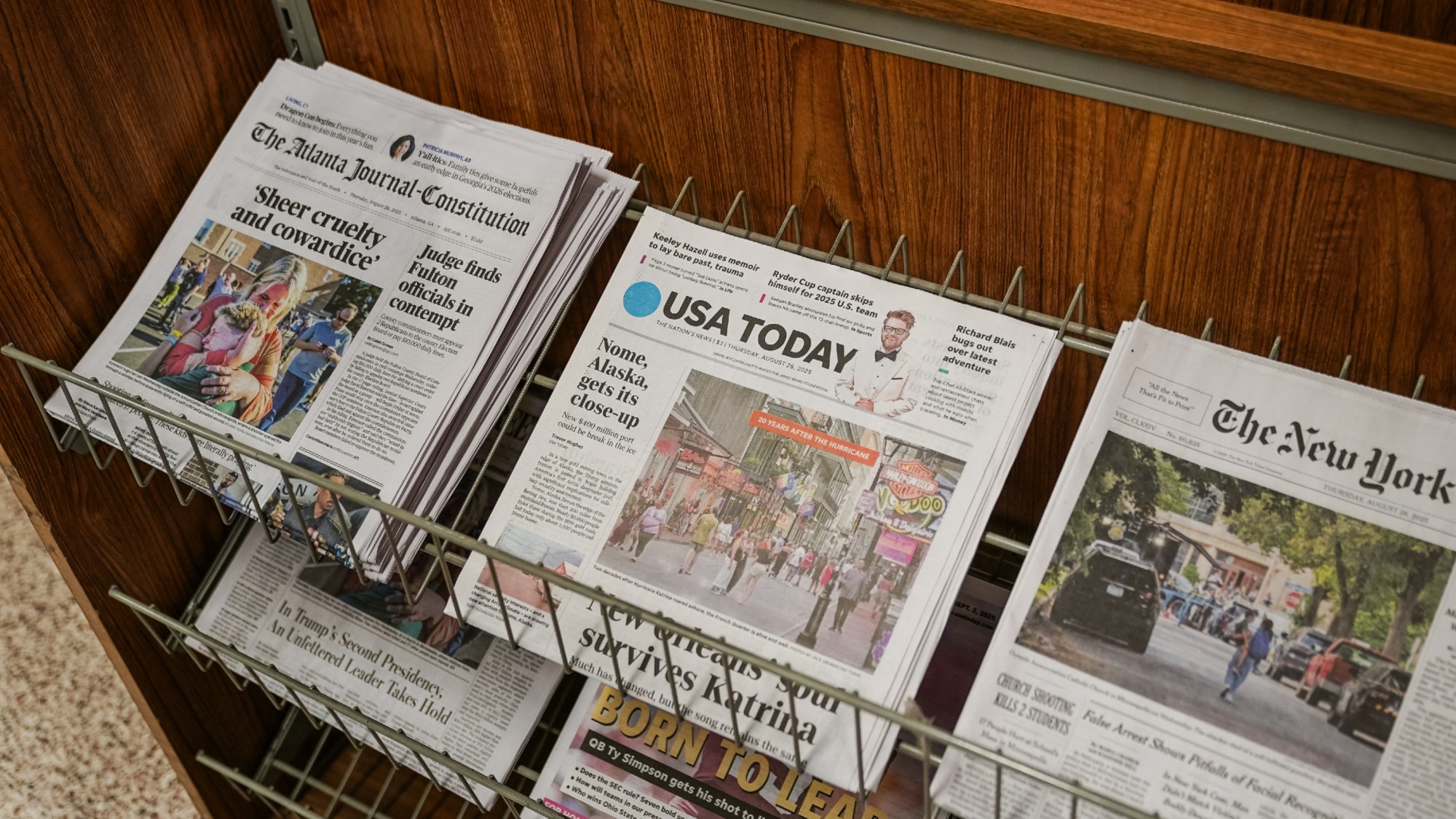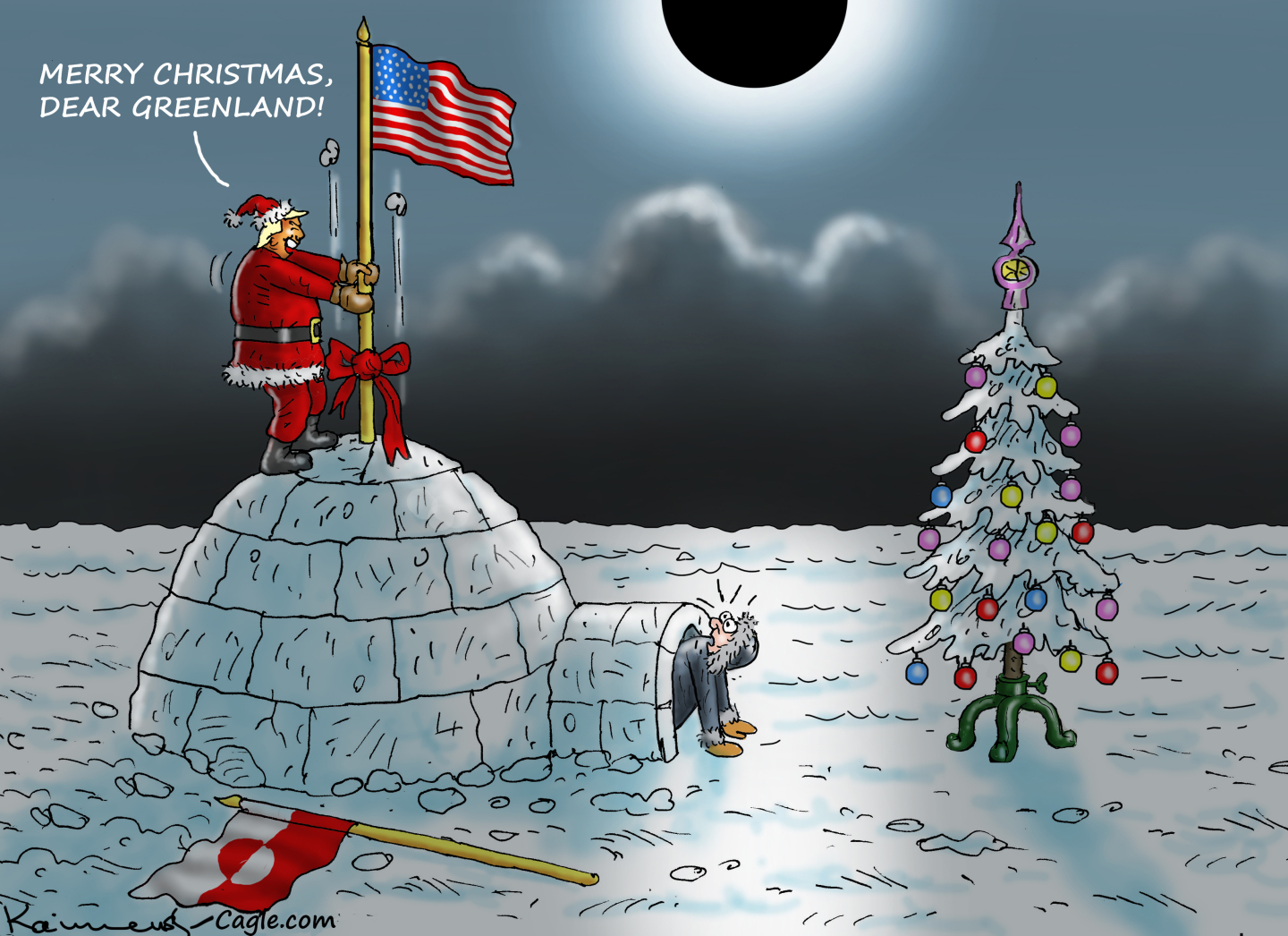Exhibit of the week: Yves Saint Laurent: The Retrospective
Previously mounted in Paris and Madrid, this sweeping retrospective will make its only U.S. stop in Denver.
Denver Art Museum
Through July 8
It’s often said that Yves Saint Laurent did more to transform women’s wardrobes in the late 20th century than any other designer, said Donae Cangelosi Chramosta in CultureMap.com. A “stunning” new exhibit in Denver, of all places, more than makes that case. Previously mounted in Paris and Madrid, this sweeping retrospective will stop nowhere else in the U.S., so the Denver Art Museum has pulled out all the stops to ensure that fans of the late French designer will want to travel to see it. More than 200 haute couture outfits are on display, including no shortage of “dazzling” formal gowns. But the history that the work traces might be more striking. From his free-hanging “trapeze” dresses of the late 1950s to his signature Le Smoking tuxedos of the mid-1960s and beyond, Saint Laurent “bent and sometimes broke the rules of what women were expected to wear.”
The Week
Escape your echo chamber. Get the facts behind the news, plus analysis from multiple perspectives.

Sign up for The Week's Free Newsletters
From our morning news briefing to a weekly Good News Newsletter, get the best of The Week delivered directly to your inbox.
From our morning news briefing to a weekly Good News Newsletter, get the best of The Week delivered directly to your inbox.
“Darkness and a quality of mystery spread throughout the first few rooms of the exhibit,” said Sara Castellanos in the Aurora, Colo., Sentinel. Visitors are greeted by a photo of the famously shy designer, covering one eye, before we see the fruits of his early apprenticeship under Christian Dior. Just 21 when he succeeded Dior as head designer, he immediately “freed women’s bodies” with his trapezoid-shaped dresses, and soon was innovating under a label of his own. Scandal was one of his calling cards—a “completely transparent” black dress is followed in a later room by nude photos of Saint Laurent taken for a 1970s ad campaign. All this is leading to a “breathtakingly spectacular finale,” said Erin Barnes in Racked.com. On one side: black walls “filled eerily from top to bottom” with female mannequins in YSL tuxedoes. On the other: mannequins on red-carpeted steps in formal wear that evokes a “decadent” bygone era.
Saint Laurent clearly had “an artist’s mentality,” said Suzanne S. Brown in The Denver Post. He adapted ideas from Mondrian and Matisse, he drew inspiration from distant cultures, and he found muses in such clients as Catherine Deneuve and Paloma Picasso. Adept at the pairing of opposites, he pioneered haute couture interpretations of safari wear and military jackets, while forever seeking interesting friction in his use of color. Saint Laurent thought of his vocation as a craft, not art. But “even those who don’t profess to know or love fashion will be able to walk away” from this show “with an appreciation of beauty and how it can be attained with textiles, line, color, and proportion.”
A free daily email with the biggest news stories of the day – and the best features from TheWeek.com
-
 ‘Journalism is on notice’
‘Journalism is on notice’Instant Opinion Opinion, comment and editorials of the day
-
 A foodie guide to Edinburgh
A foodie guide to EdinburghThe Week Recommends Go all-out with a Michelin-starred meal or grab a casual bite in the Scottish capital
-
 Political cartoons for December 24
Political cartoons for December 24Cartoons Wednesday's political cartoons include Christmas in Greenland, grinchflation, and California floods